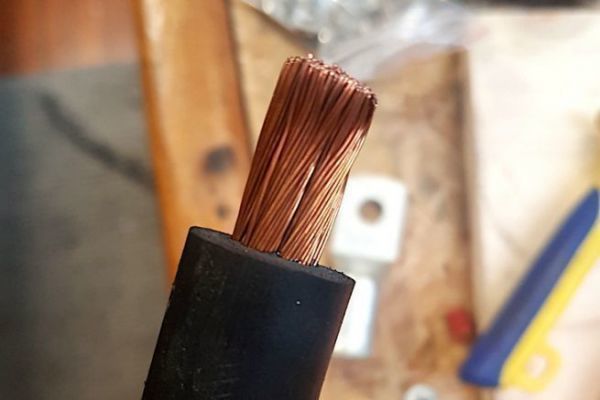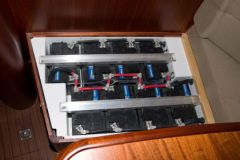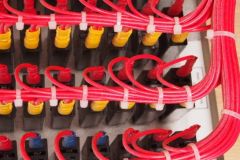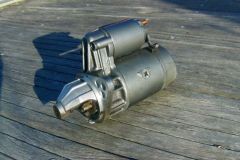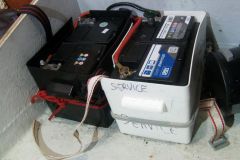Heating of the electric cable and safety
When an electric current flows through a wire, it heats up. This results in a loss of energy by thermal radiation and a risk of fire. It is therefore important to choose cable cross-sections that limit these losses.

To simplify things, we will base ourselves only on this simple formula learned in college: P=U*I. The power P, expressed in Watt is equal to the voltage U, in Volt multiplied by the intensity I, in Ampere.
In a boat, as the voltage U is generally low, 12V or 24V, the value of the current I can quickly rise when using powerful devices, which consume many Watts. This is why you should not neglect the size of your cables.
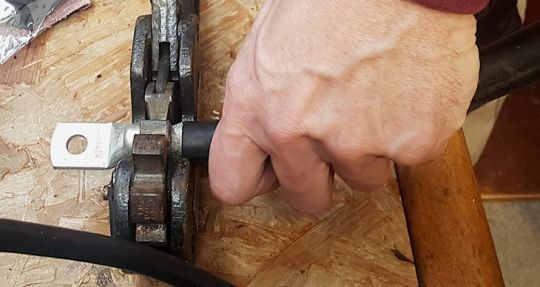
Finally, another important parameter is the total length of the cable, outward and return. The longer it is, the greater the loss, even if the heating is imperceptible. Therefore, the longer the electrical connections are, the more it will be necessary to increase the cable section for the same power.
Calculate the intensity I
Let's take a cable that must supply a windlass that consumes a maximum of 1200W and operates with a voltage of 12V. To calculate the maximum current I, it is sufficient to use the previous formula as follows: I = P / U. Here, I = 1200 / 12 = 100 A.
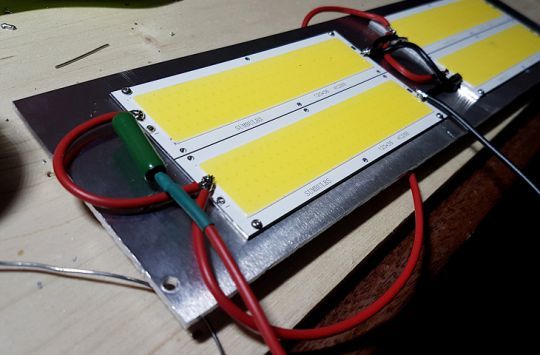
If your cable must supply several devices, you will have to add the maximum power of all your consumers to obtain the power to consider.
Determine the section of your cable
The hard part is done! The last step is simply to transfer your values on the following table. For example, if our cable is 16m long, that is to say 8m for the negative and 8m for the positive, then we will have to choose a minimum section of 95mm².
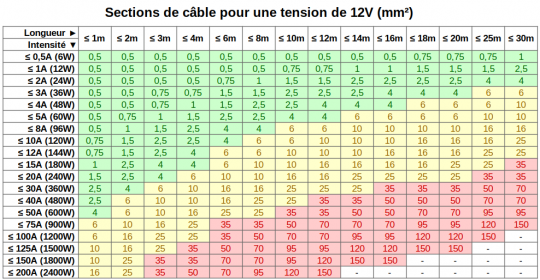
With a 1200W device on a 24V circuit, the intensity will be divided by two: I = 1200 / 24 = 50 A. In this case, a 25mm² section cable will be sufficient.
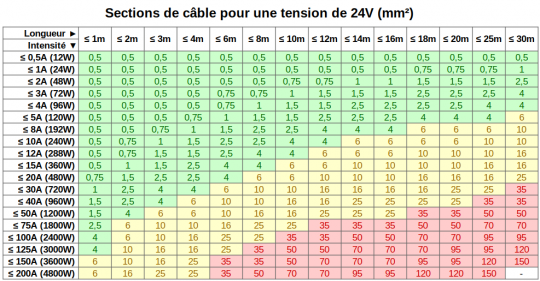
Check if the cable section is sufficient
A good way to know if your cable is well sized is to test the voltage at the battery terminals and at the terminals of your device during operation. If the difference is significant, more than 5%, then you need a larger cable. The longer the cable, the higher the resistance. The above tables are given for a maximum voltage drop of 3%.
One fuse for each device
It is necessary to attach a fuse or circuit breaker to each electrical appliance upstream of the cable and the appliance it supplies. In case of a short circuit, this will cut off the current before the cable or the damaged device catches fire.
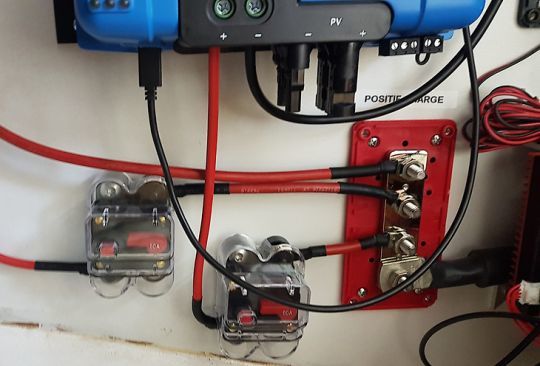
The circuit breaker or fuse is usually built into the electrical panel and should have a value, in amperes, slightly higher than the maximum current that must flow through the wire. For example, a 20A circuit breaker for an appliance that draws 18A is a good choice.
